Ditapis dengan
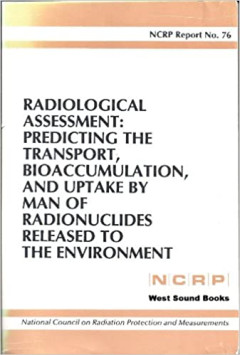
Radiological Assessment: Predicting the Transport, Bioaccumulation, and Uptak…
The purpose of this Report is to review the current status of the application of radionuclide transport models from the point of discharge to the environment to the point of intake by man. This process, called radiological assessment, begins by defining the quantity of radionuclides that are released and enter the environment. Uncertainties in the measurements or estimates of the source term ar…
- Edisi
- -
- ISBN/ISSN
- 0913392669
- Deskripsi Fisik
- 300 p. : Illus. ; 23 cm
- Judul Seri
- NCRP Report No. 76
- No. Panggil
- 628.5 NCR r
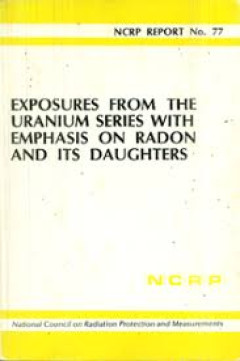
Exposures from the Uranium Series with Emphasis on Radon and its Daughters
Report No. 77 considers and evaluates potential exposures from the radionuclides of the uranium series with emphasis on radon and its daughters. The Report examines, on the basis of available information, the sources of radon, the levels of exposure and their probable distribution, and estimates the risks attributable to these exposures. The Report concludes that while information on levels and…
- Edisi
- -
- ISBN/ISSN
- 0913392677
- Deskripsi Fisik
- 131 p. : Illus. ; 23 cm
- Judul Seri
- NCRP Report No. 77
- No. Panggil
- 363.1 NCR e
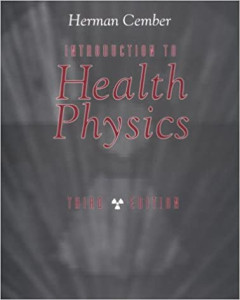
Introduction to Health Physics, Third Edition
Health physics or radiological health, as it frequently called, is the area of environmental health engineering that deals with the protection of the individual and population groups against the harmful effects of ionizing of nonionizing radiation. The health physicist is responsible for safety aspects in the design of processes, equipment, and facilities utilizing radiation sources, so that ra…
- Edisi
- Third Edition
- ISBN/ISSN
- 0071054618
- Deskripsi Fisik
- xviii, 733 p : Illus ; 2,3 cm
- Judul Seri
- -
- No. Panggil
- 610.153 Cem i
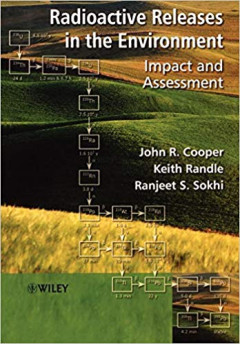
Radioactive Releases in the Environment Impact and Assessment
Man’s environment is pervaded by ionizing radiation of predominantly natural origin but now with an important contribution from anthropogenic activities. Exposure to ionizing radiation can have serious health implications, which is why it is of concern to us. This book brings together under one cover, the fundamentals of radiological protection, the techniques used for measuring radioactivity…
- Edisi
- -
- ISBN/ISSN
- 0471899240
- Deskripsi Fisik
- xvi, 473 p. : Illus. ; 21 cm
- Judul Seri
- -
- No. Panggil
- 363.1799 COO r
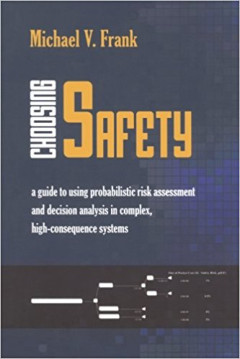
Choosing Safety: A Guide to Using Probabilistic Risk Assessment and Decision …
The technological age has seen a range of catastrophic and preventable failures, often as a result of decisions that did not appropriately consider safety as a factor in design and engineering. Through more than a dozen practical examples from the author‘s experience in nuclear power, aerospace, and other potentially hazardous facilities, Choosing Safety is the first book to bring together pr…
- Edisi
- 1
- ISBN/ISSN
- 9781933115542
- Deskripsi Fisik
- 231 p. : Illus. ; cm
- Judul Seri
- -
- No. Panggil
- 658.4 FRA c

Control Systems Safety Evaluation and Reliability, Third Edition
This book is intended to serve a wide variety of users. This updated third edition provides the detailed background necessary to understand how to meet important new safety regulations and reliability engineering topics. Professional control system designers will learn to properly evaluate control system components, various system architectures, how to better communicate with vendors, and how t…
- Edisi
- -
- ISBN/ISSN
- 9781934394809
- Deskripsi Fisik
- 458 p. : Illus. ; 25,5 cm
- Judul Seri
- -
- No. Panggil
- 629.8 GOB c
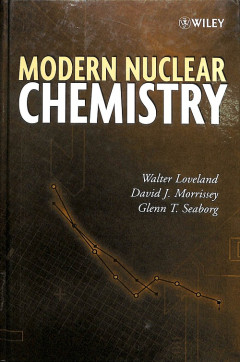
Modern Nuclear Chemistry
Modern Nuclear Chemistry provides up-to-date coverage of the latest research as well as examinations of the theoretical and practical aspects of nuclear and radiochemistry. Includes worked examples and solved problems. Provides comprehensive information as a practical reference. Presents fundamental physical principles, in brief, of nuclear and radiochemistry. The first succinct coverag…
- Edisi
- -
- ISBN/ISSN
- 9780471115328
- Deskripsi Fisik
- xvi, 671 p. : Illus. ; 24 cm
- Judul Seri
- -
- No. Panggil
- 541.38 WAL m
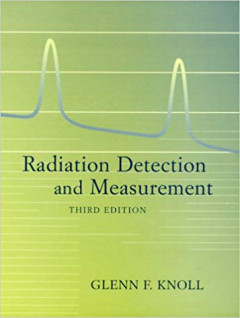
Radiation Detection And Measurement, Third Edition
A Classic Text on Radiation Detection and Measurement Now Updated and Expanded Building on the proven success of this widely–used text, the Third Edition will provide you with a clear understanding of the methods and instrumentation used in the detection and measurement of ionizing radiation. It provides in–depth coverage of the basic principles of radiation detection as well as illustratin…
- Edisi
- Third Edition
- ISBN/ISSN
- '0471073385
- Deskripsi Fisik
- xiv, 802 p. : illus. ; 26 cm
- Judul Seri
- -
- No. Panggil
- 539.77 Kno r

Isotope Geology
Radiogenic and stable isotopes are used widely in the earth sciences to determine the ages of rocks, meteorites and archeological objects, and as tracers to understand geological and environmental processes. Isotope methods determine the age of the Earth, help reconstruct the climate of the past, and explain the formation of the chemical elements in the Universe. This textbook provides a compre…
- Edisi
- -
- ISBN/ISSN
- 9780521862288
- Deskripsi Fisik
- x, 512 p. : Illus. ; 25 cm
- Judul Seri
- -
- No. Panggil
- 551.9 ALL i
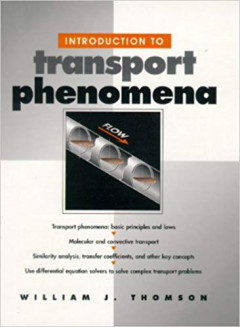
Introduction to Transport Phenomena
* Transport phenomena: Fundamental concepts and problem solving * Transport phenomena: basic principles and laws * Molecular and convective transport * Similarity analysis, transfer coefficients, and other key concepts * Use differential equation solvers to solve complex transport problems This book is a true introduction to transport phenomena that presents all basic principles with a minimum …
- Edisi
- -
- ISBN/ISSN
- 0134548280
- Deskripsi Fisik
- xv, 509 p. : Illus. ; 24 cm
- Judul Seri
- -
- No. Panggil
- 660.284 THO i
 Karya Umum
Karya Umum  Filsafat
Filsafat  Agama
Agama  Ilmu-ilmu Sosial
Ilmu-ilmu Sosial  Bahasa
Bahasa  Ilmu-ilmu Murni
Ilmu-ilmu Murni  Ilmu-ilmu Terapan
Ilmu-ilmu Terapan  Kesenian, Hiburan, dan Olahraga
Kesenian, Hiburan, dan Olahraga  Kesusastraan
Kesusastraan  Geografi dan Sejarah
Geografi dan Sejarah